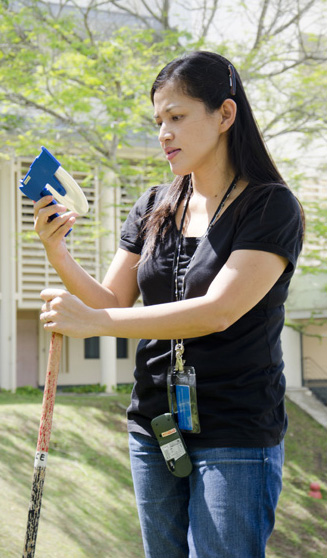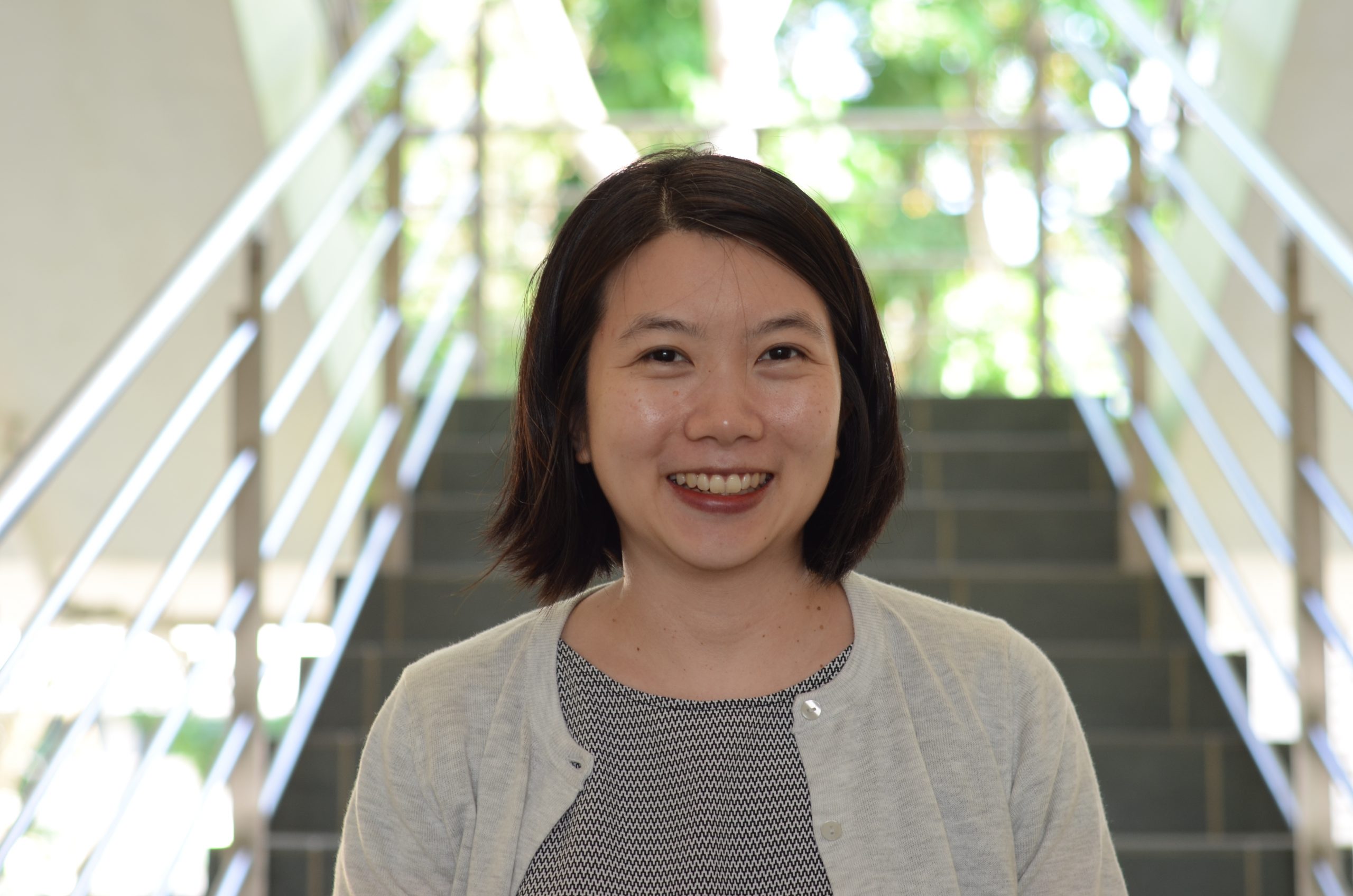From the Field to the Geography Classroom
In Geography, what students learn in the field is just as important as what they learn from the textbook. This is why fieldwork, which can help students connect geographical concepts to real-life phenomena, is a crucial part of learning in Geography.
Making Fieldwork Purposeful
 What comes to mind when you think of fieldwork? Most Geography students would remember collecting data at a site such as Pulau Ubin, and reporting their findings in class.
What comes to mind when you think of fieldwork? Most Geography students would remember collecting data at a site such as Pulau Ubin, and reporting their findings in class.
“But it’s got to go beyond that,” says Ms Tricia Seow, an NIE Lecturer. “Fieldwork has to be very purposeful, and the purpose can lie at different levels.”
The most basic level would, of course, be the skills needed to collect accurate data. The next level is where things get interesting. Fieldwork can be used to support inquiry-based learning.
Tricia gives an example of students collecting data about waves at a beach. They may find that the relationships between wave energy and gradient at the coast don’t match what the textbooks lead them to expect.
This is where teachers can say to the students, welcome to the real world! There can be many reasons for the difference and it is up to them to find out. One reason could be that they are at a man-made beach where sand is often added to the coast.
Here’s where the cycle of deeper learning begins. “It’s about interrogating theories and really getting students to understand the complexities of the real world and in turn, better understand the theories,” says Tricia.
Experiencing the Big Concepts
Geography is a subject that deals with abstract concepts such as space.
“But space in itself means nothing to students. You say space or place and you might get blank looks! Students can learn the definitions but what’s the point of that?” asks Tricia. “So fieldwork is a good way to unpack these concepts.”
For example, teachers can bring their students to Chinatown and Little India and frame them for the students as tourism spaces. Students can ask questions like: Is this a tourism space? What makes it a tourism space? Who uses this space?
It’s introducing them to how geographers think, inquire, and produce knowledge about the world that we inhabit.
– Tricia Seow, Humanities and Social Studies Education Academic Group
Through fieldwork techniques like land use surveys, they might find that for example, the composition of shops cater more to tourists along some streets and more to locals on others.
These techniques help them to understand concepts like spatial distribution or concentrations. They can also use the data to explain whether the area is indeed a tourism space.
“These are abstract concepts unless they’re actually based on something students have experienced,” says Tricia. If teachers can relate concepts to the data that students collect, Geography will come alive for them.
Getting Back to the Classroom
For deeper learning to occur, what happens after the fieldwork makes a big difference. “What happens post-fieldwork is crucial. If it is not done properly, it won’t make sense,” says Tricia.
“So when you come back to class, you exercise reasoning skills and make sense of the data collected. This is where students present or prepare some kind of deliverable of their findings and interpretations.”
From there, the teacher can ask students to reflect on how fieldwork has helped their learning, based on all their presentations and deliverables.
For example, how does the data help students with skills development? How does fieldwork help them understand the theories better? How does fieldwork develop them as geographers? “This is really where the teacher value adds,” Tricia says.
 “It’s introducing them to how geographers think, inquire, and produce knowledge about the world that we inhabit. We don’t expect them to come up with a complicated and complex theory, but something relevant to their own little inquiry.”
“It’s introducing them to how geographers think, inquire, and produce knowledge about the world that we inhabit. We don’t expect them to come up with a complicated and complex theory, but something relevant to their own little inquiry.”
There is great value in learning Geography both in and out of the classroom. Tricia believes that students will one day see the benefits of fieldwork as a form of inquiry.
“My hope is that it’ll come together at some point in their lives and they’ll realize that they didn’t know it then, but way back in school, they were already thinking like a geographer.”
Useful Resource
Kalyani has developed a mobile app called NIEmGeo to help map and geo-tag locations and data for field sites. It has been used by 300 NIE student teachers and 6 secondary schools. More information about this app can be found at https://sites.google.com/site/niemgeo






